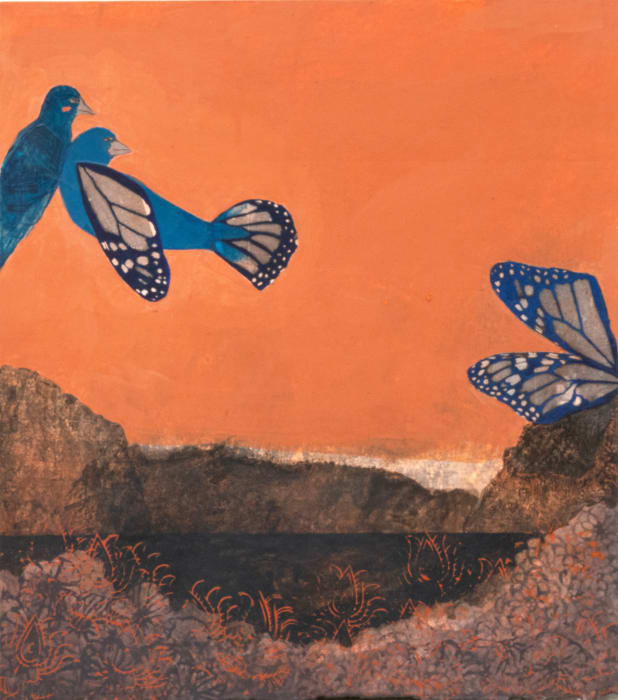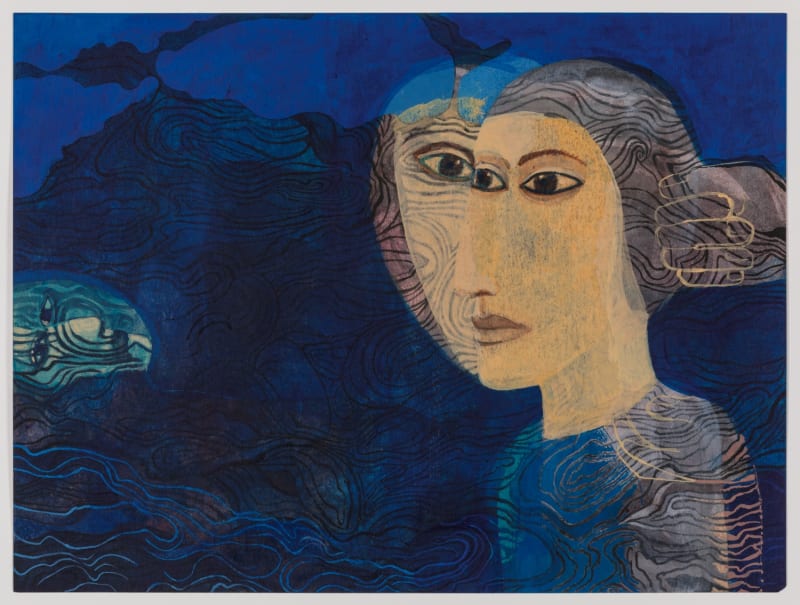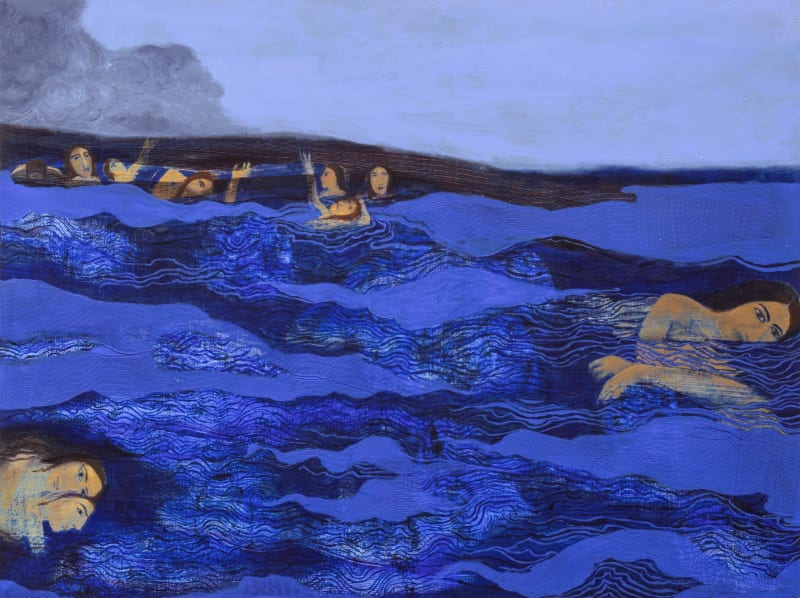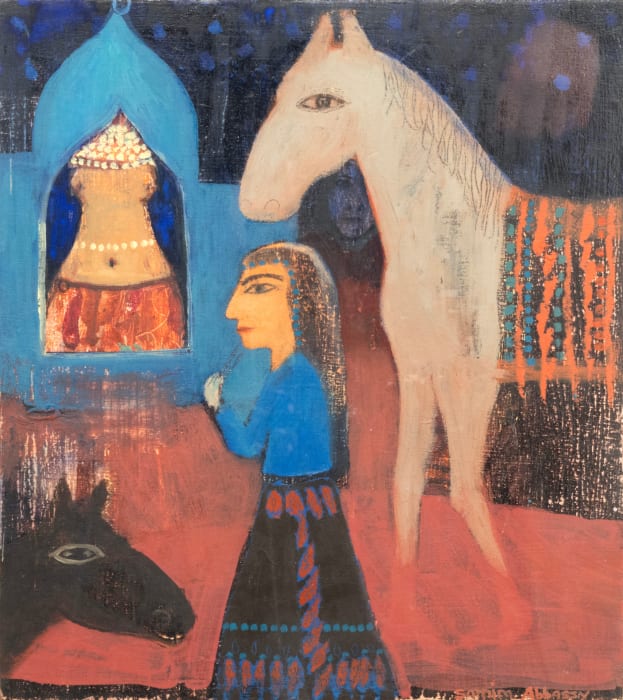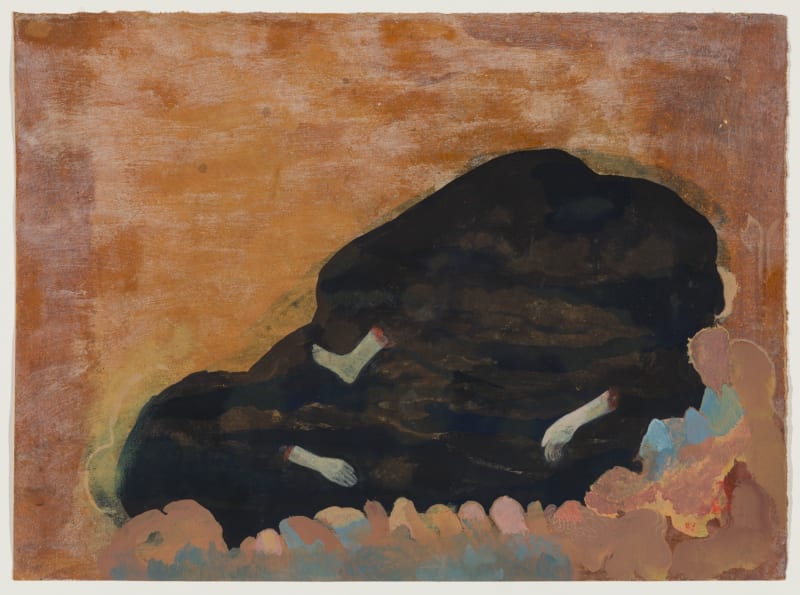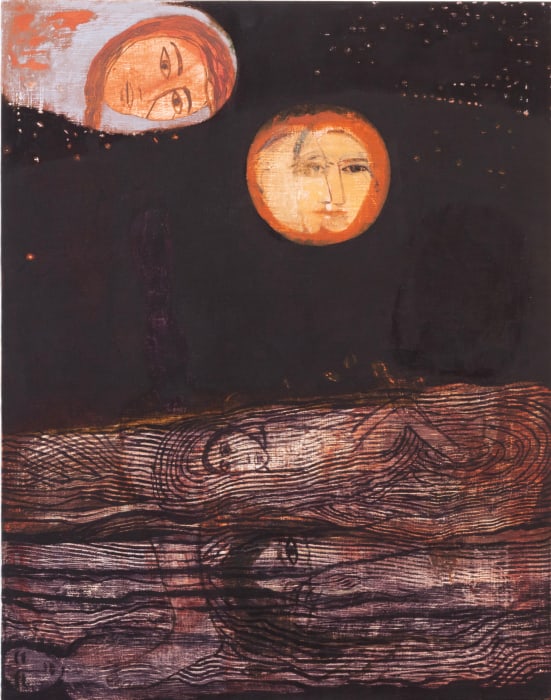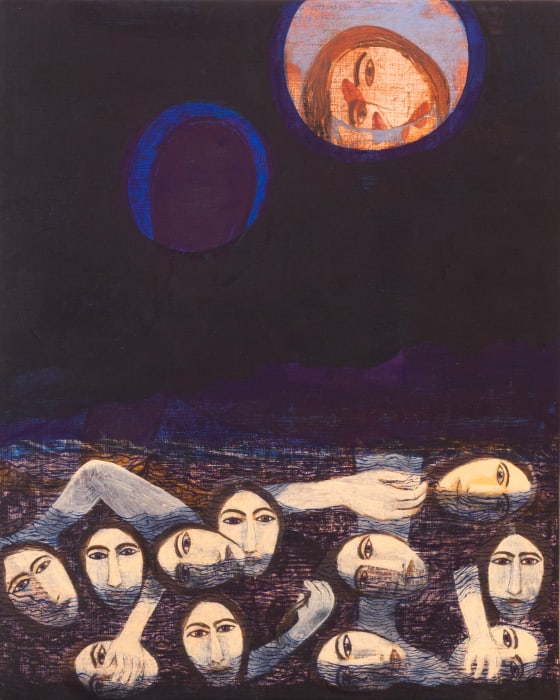"We all are products of cross-cultural pollination. Maybe in my life it’s more obvious and recent, but the very idea of culture is that it’s a growing, living thing that feeds on cross-pollination." - Samira Abbassy
ARTIST VIEWING ROOM
Artist Statement
The subject of much of the work evolves out of the question: How do I create a figure that embodies the metaphysical aspects of the figure? The work is an inquiry into how to reveal the figure as a psycho/emotional being, encountering its various internal states: the violence, ecstasy, and epiphany within.
The key to my approach in painting the figure lies in an idea taken from Dante’s Inferno; that figures are“contorted according to their sin.” This implies an embodiment of psychological states, where the physical states mirror psychological dilemmas. Rather than portraits, the figures are archetypes, revealing themselves from the inside out; showing how it feels to be human, and their specific identities help uncover elements of a more universal Self. At times, the figure is represented as many selves, or many aspects of one unified Self, expressing an array of psychodynamic and existential realities. This multiplicity is part of Hindu iconography, and can also be found in the figure of the Many-Headed Angel in Mohamad's Night Journey MS.
The study of Qajar Court paintings(19th C) has been central to my work for three decades, and my interest lies specifically in how the Qajar artists translated their visual language in such a short space of time and adjusted to the paradigm shift from the manuscript to large scale oil paintings. Their intriguing appearance is due to a ‘misinterpretation’, and a slippage of language. Just as the Iranian artists were translating into the language of European painting, I find parallels in my own biography and my efforts to translate myself back into my indigenous culture, adapting western painting techniques to the language of Persian painting.

